#china historical fashion
Text
[Hanfu · 漢服]Chinese Ming Dynasty(1368-1644 AD) Hanfu Based On Ming Dynasty Painting & Heritage
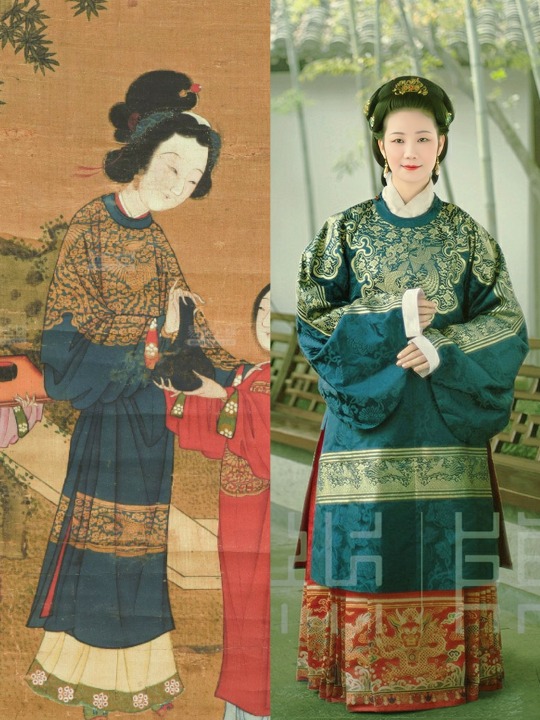
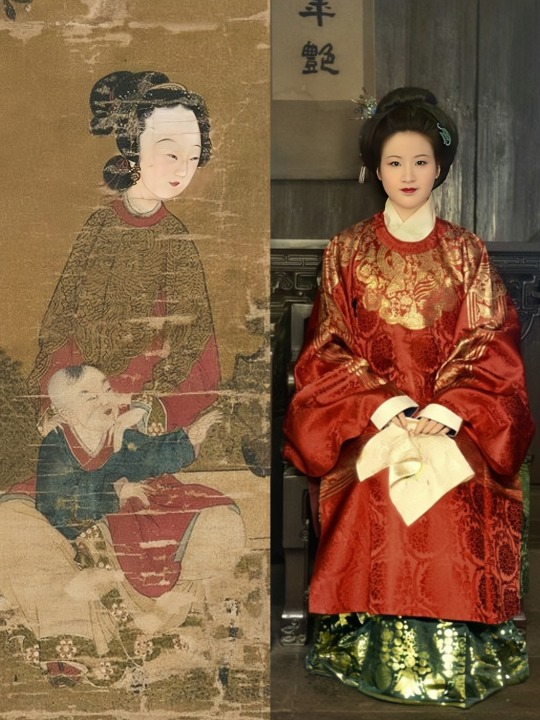

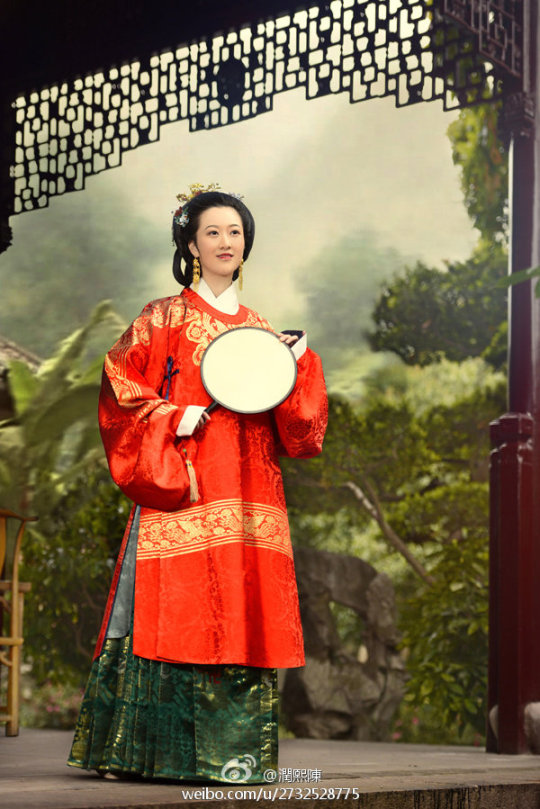






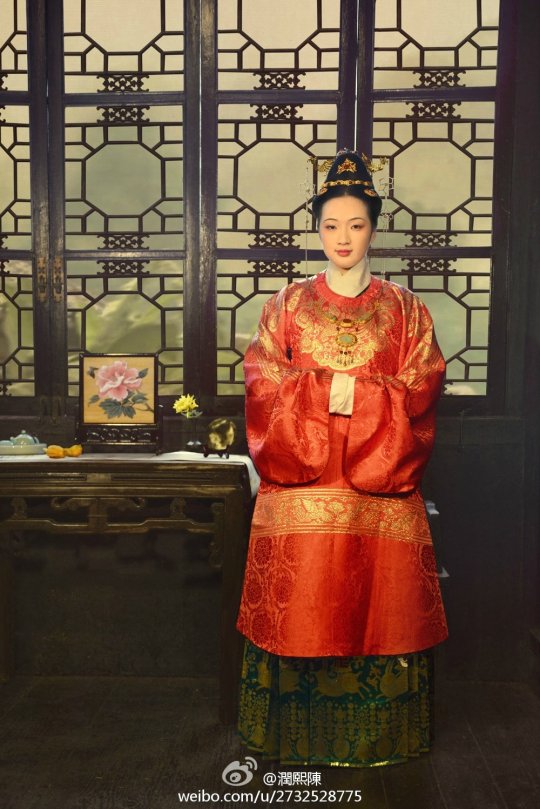

【Historical Artifacts Reference 】:
▶China Ming Dynasty Painting<The Beauty/仕女圖>,
Attributed to Tang Yin
唐寅(款)仕女圖

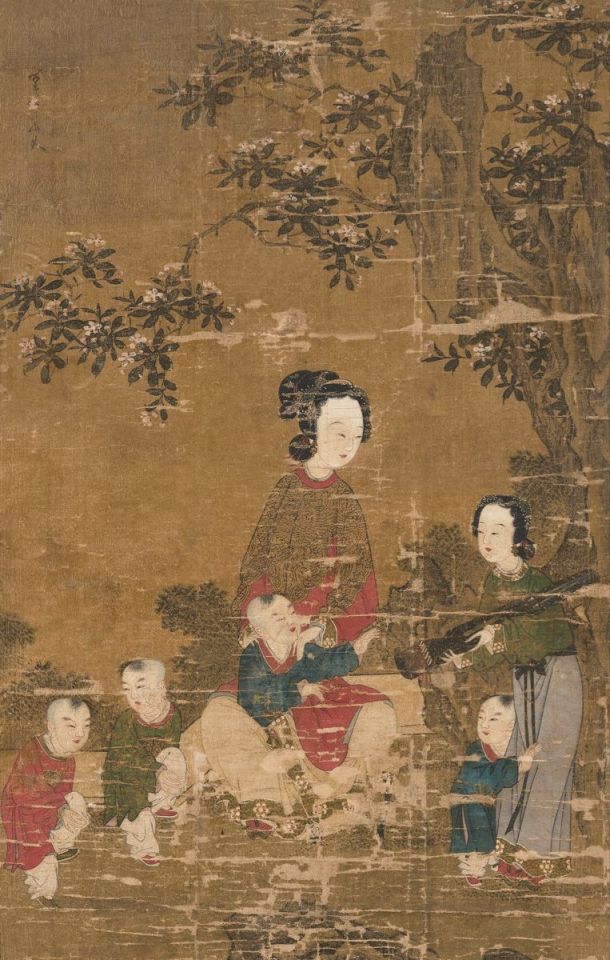
▶ China Ming Dynasty Hanfu Relics<绿罗织金凤纹袍/Green Luo Weave Gold Phoenix Gown>
Collection of Shandong Museum
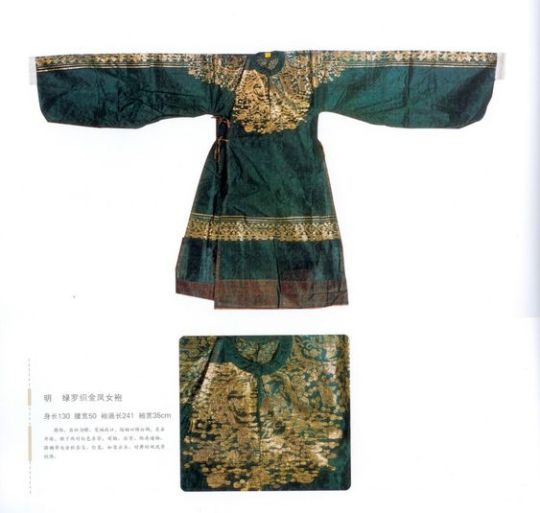
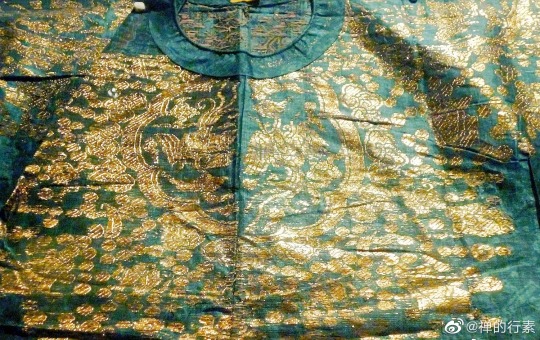
▶China Ming Dynasty Tomb of the Yueshan family in Zhixian,unearthed in 2004.
The picture shows the hostess of Tomb 1 wearing a gold-woven Di bird(翟鸟)robe
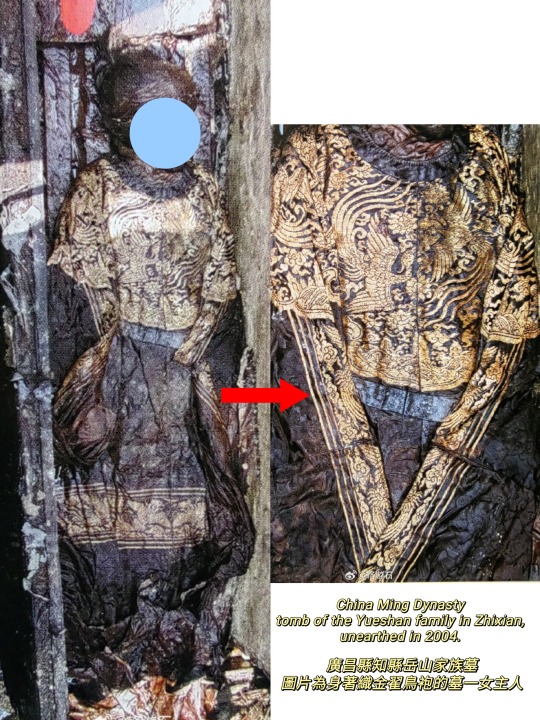
________________________________
Photo@潤熙陳(Weibo)
🔗 Weibo:https://weibo.com/2732528775/zxag2hdbh
________________________________
#chinese hanfu#ming dynatsy#hanfu#hanfu accessories#hanfu_challenge#chinese traditional clothing#china#chinese#Tang Yin#唐寅#hanfu historical relic#hanfu history#china historical fashion#chinese history
167 notes
·
View notes
Text

Shawl
Late 19th Century
China for the Western Market
LACMA (Accession Number: 38.23)
#shawl#fashion history#historical fashion#accessories#fashion accessories#19th century#1870s#1880s#1890s#victorian#white#green#silk#china#lacma
891 notes
·
View notes
Text
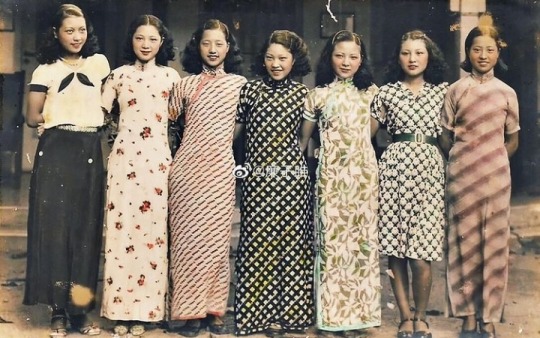
Chinese fashion, 1940s.
613 notes
·
View notes
Text


Brisé fan, with representations of classical figures flanking Venus and Cupid, based on a composition by Angelica Kauffmann
Chinese, created for the British market, c. 1795-1800
pierced, carved, gilded, and painted ivory with painted paper and metal
Metropolitan Museum of Art
#neoclassicism#Chinese#Swiss#Angelica Kauffmann#Angelica Kauffman#Venus#Cupid#mythology#fan#ivory#historical fashion#Metropolitan Museum of Art#According to the Met the fan was probably created in China and then decorated after it was imported to Europe
210 notes
·
View notes
Video
youtube
Chinese Hats and Headwear in the Three Kingdoms 1994 and its history
One of our contributors @csarracenian has subtitled another educational video about the history of various hats and headwear in the 1994 Romance of the Three Kingdoms, explaining their history and meaning and showcasing the high research quality of the show.
Video is made by 是椰果啊 on bilibili & released with their permission.
#three kingdoms#chinese drama#dynasty warriors#chinese history#hanfu#historical#period drama#romance of the three kingdoms 1994#rotk#汉服#冠#history#clothing history#fashion history#ancient china
133 notes
·
View notes
Note
wassup cats of the peony!? :D
do you like nyotalia? :)
Yes I do!! I like a lot of the Nyotalia designs and have drawn a few genderbends of my OCs! I've actually drawn Nyotalia China before but with the buns lopped off LOL

#it surprises me how butch a lot of older chinese womens fashion is lol#ask#anonymous#hetalia#hws nyo china#historically inaccurate hair is historically inaccurate
72 notes
·
View notes
Text
Married Mongolian Women’s Hairstyle in the Yuan Dynasty
Mongolians have a long history of shaving and cutting their hair in specific styles to signal socioeconomic, marital, and ethnic status that spans thousands of years. The cutting and shaving of the hair was also regarded as an important symbol of change and transition. No Mongolian tradition exemplifies this better than the first haircut a child receives called Daah Urgeeh, khüükhdiin üs avakh (cutting the child’s hair), or örövlög ürgeekh (clipping the child’s crest) (Mongulai, 2018)
The custom is practiced for boys when they are at age 3 or 5, and for girls at age 2 or 4. This is due to the Mongols’ traditional belief in odd numbers as arga (method) [also known as action, ᠮᠣᠩᠭᠤᠯ, арга] and even numbers as bilig (wisdom) [ᠪᠢᠴᠢᠭ, билиг].
Mongulai, 2018.
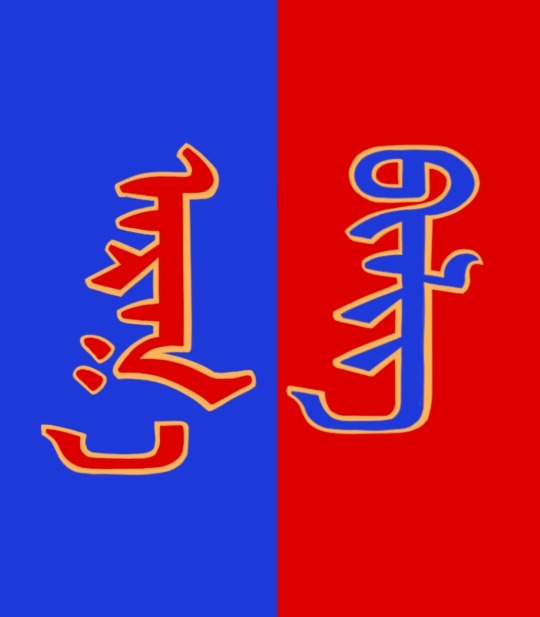
The Mongolian concept of arga bilig (see above) represents the belief that opposite forces, in this case action [external] and wisdom [internal], need to co-exist in stability to achieve harmony. Although one may be tempted to call it the Mongolian version of Yin-Yang, arga bilig is a separate concept altogether with roots found not in Chinese philosophy nor Daoism, but Eurasian shamanism.
However, Mongolian men were not the only ones who shaved their hair. Mongolian women did as well.
Flemish Franciscan missionary and explorer, William of Rubruck [Willem van Ruysbroeck] (1220-1293) was among the earliest Westerners to make detailed records about the Mongol Empire, its court, and people. In one of his accounts he states the following:
But on the day following her marriage, (a woman) shaves the front half of her head, and puts on a tunic as wide as a nun's gown, but everyway larger and longer, open before, and tied on the right side. […] Furthermore, they have a head-dress which they call bocca [boqtaq/gugu hat] made of bark, or such other light material as they can find, and it is big and as much as two hands can span around, and is a cubit and more high, and square like the capital of a column. This bocca they cover with costly silk stuff, and it is hollow inside, and on top of the capital, or the square on it, they put a tuft of quills or light canes also a cubit or more in length. And this tuft they ornament at the top with peacock feathers, and round the edge (of the top) with feathers from the mallard's tail, and also with precious stones. The wealthy ladies wear such an ornament on their heads, and fasten it down tightly with an amess [J: a fur hood], for which there is an opening in the top for that purpose, and inside they stuff their hair, gathering it together on the back of the tops of their heads in a kind of knot, and putting it in the bocca, which they afterwards tie down tightly under the chin.
Ruysbroeck, 1900
TLDR: Mongolian women shaved the front half of their head and covered it with a boqta, the tall Mongolian headdress worn by noblewomen throughout the Mongol empire. Rubruck observed this hairstyle in noblewomen (boqta was reserved only for noblewomen). It’s not clear whether all women, regardless of status, shaved the front of their heads after marriage and whether it was limited to certain ethnic groups.
When I learned about that piece of information, I was simply going to leave it at that but, what actually motivated me to write this post is to show what I believe to be evidence of what Rubruck described. By sheer coincidence, I came across these Yuan Dynasty empress paintings:

Portrait of Empress Dowager Taji Khatun [ᠲᠠᠵᠢ ᠬᠠᠲᠤᠨ, Тажи xатан], also known as Empress Zhaoxian Yuansheng [昭獻元聖皇后] (1262 - 1322) from album of Portraits of Empresses. Artist Unknown. Ink and color on silk, Yuan Dynasty (1260-1368). National Palace Museum in Taipei, Taiwan [image source].

Portrait of Unnamed Imperial Consort from album Portraits of Empresses. Artist Unknown. Ink and color on silk. Yuan Dynasty (1260-1368). National Palace Mueum in Taiper, Taiwan [image source].

Portrait of unnamed wife of Gegeen Khan [ᠭᠡᠭᠡᠨ ᠬᠠᠭᠠᠨ, Гэгээн хаан], also known as Shidibala [ᠰᠢᠳᠡᠪᠠᠯᠠ, 碩德八剌] and Emperor Yingzong of Yuan [英宗皇帝] (1302-1323) from album Portraits of Empresses. Artist Unknown. Ink and color on silk. Yuan Dynasty (1260-1368), early 14th century. National Palace Museum in Taipei, Taiwan [image source].
To me, it’s evident that the hair of those women is shaved at the front. The transparent gauze strip allows us to clearly see their hairstyle. The other Yuan empress portraits have the front part of the head covered, making it impossible to discern which hairstyle they had. I wonder if the transparent gauze was a personal style choice or if it was part of the tradition such that, after shaving the hair, the women had to show that they were now married by showcasing the shaved part.
As shaving or cutting the hair was a practice linked by nomads with transitioning or changing from one state to another (going from being single to married, for example), it would not be a surprise if the women regrew it.
References:
Mongulai. (2018, April 19). Tradition of cutting the hair of the child for the first time.
Ruysbroeck, W. V. & Giovanni, D. P. D. C., Rockhill, W. W., ed. (1900) The journey of William of Rubruck to the eastern parts of the world, 1253-55, as narrated by himself, with two accounts of the earlier journey of John of Pian de Carpine. Hakluyt Society London. Retrieved from the University of Washington’s Silk Road texts.
#mongolia#mongolian#yuan dynasty#mongolian history#chinese history#china#boqta#mongolian traditions#history#gegeen khan#empress dowager taji#mongol empire#William of Rubruck#historical fashion#arga bilig#central asia#central asian culture#mongolian culture#asia
275 notes
·
View notes
Photo


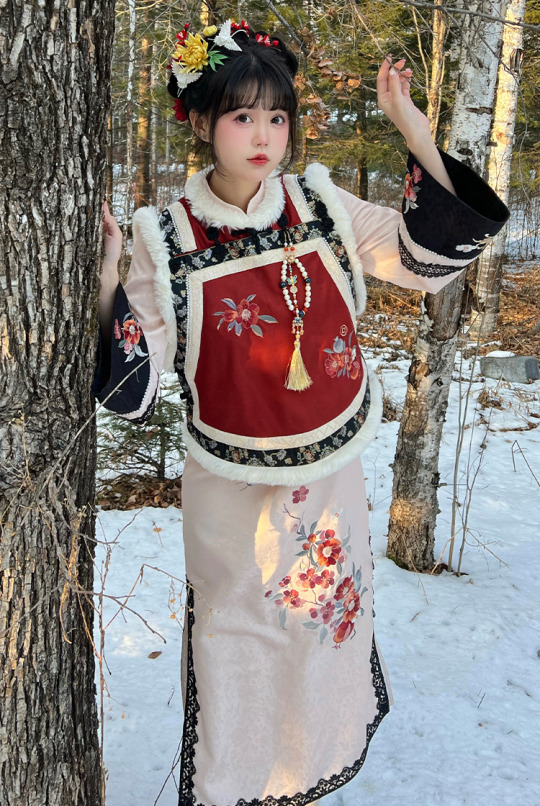
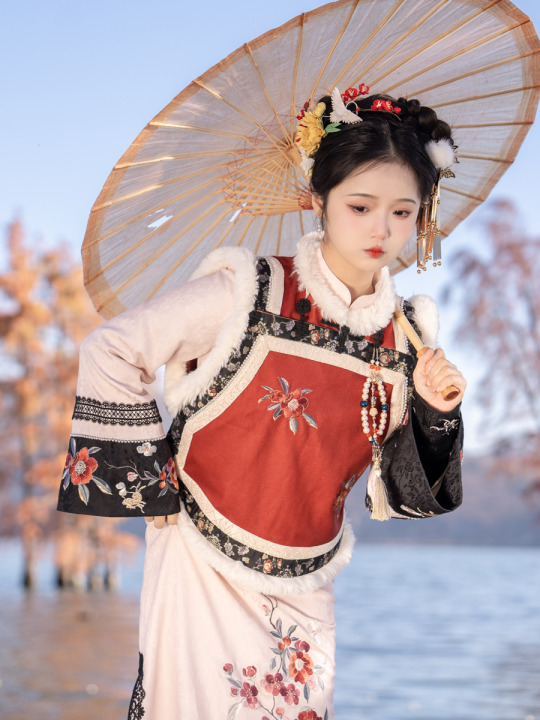
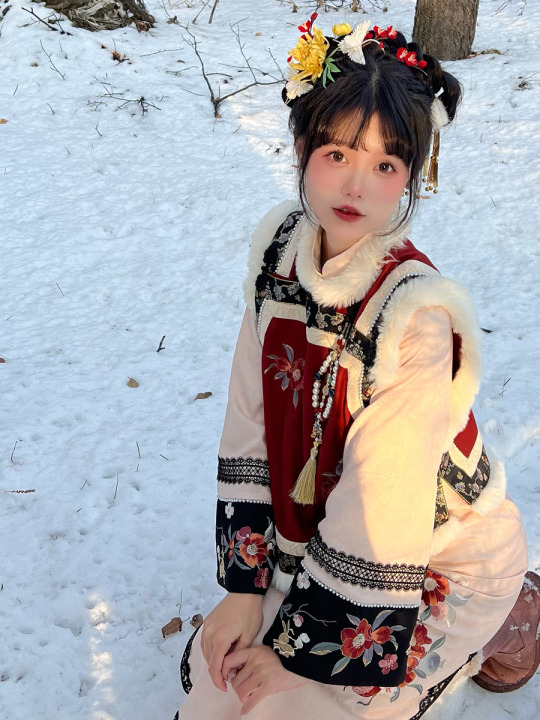




chinese fashion by 川黛时光
384 notes
·
View notes
Photo
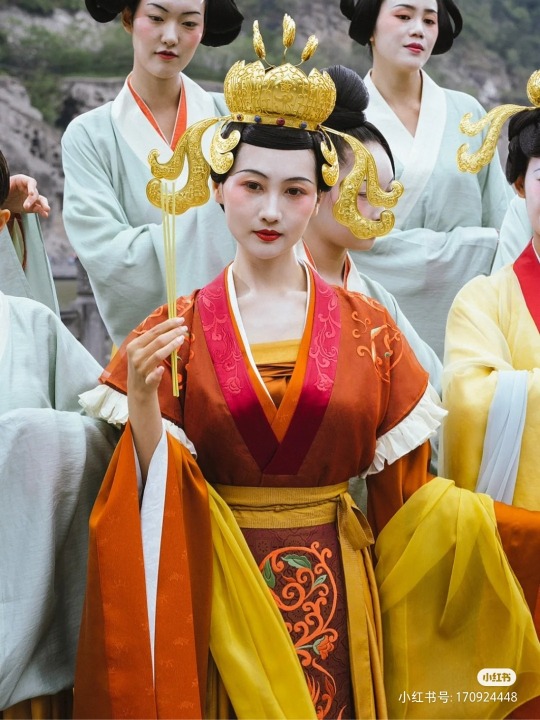




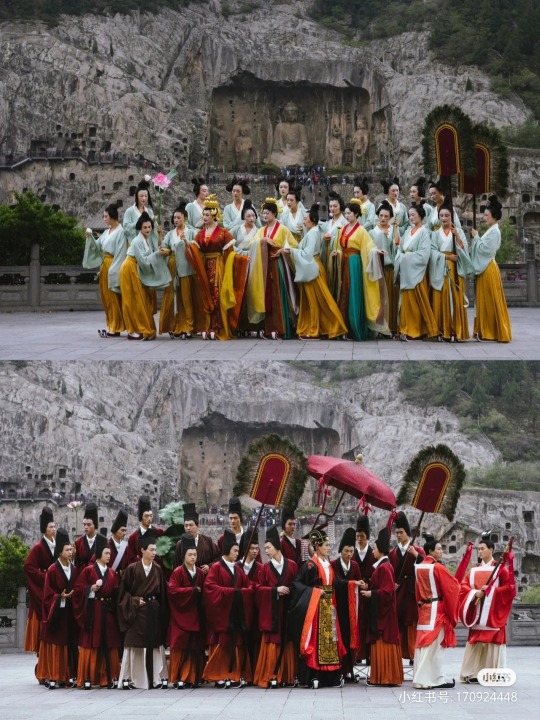
chinese hanfu in weijin period
291 notes
·
View notes
Text
#historical fashion#historical dress#tudor fashion#medieval dress#fashion history#renaissance dress#vikings#ancient greece#ancient egypt#ancient china#song dynasty#18th century dress#60s fashion#70s fashion#40s fashion#30s fashion#1940s fashion#1930s style#18th century fashion#historical clothing
89 notes
·
View notes
Text
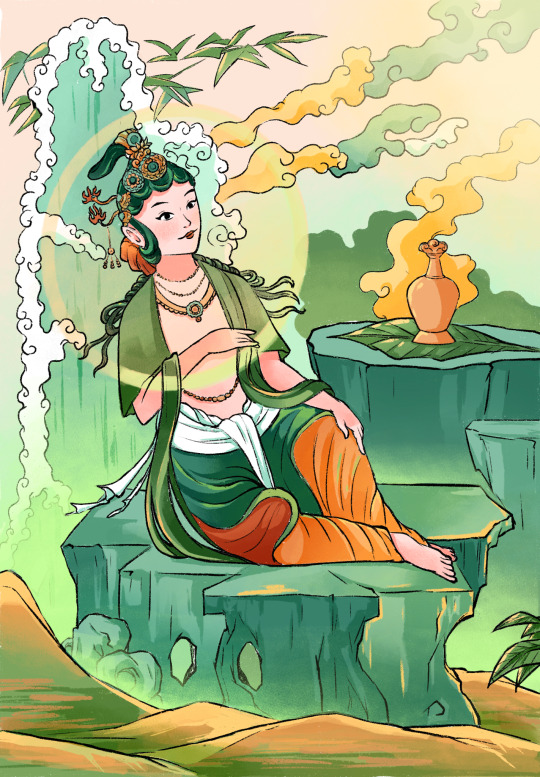
Re-imagination of Bodhisatta Avalokiteshvara in gender-neutral form, exhibiting both masculine and feminine beauty.
#illustrations#fantasy illustration#historical fantasy#ancient china#buddha#nature illustration#history#historical fashion#chinese art#guzhuang#fantasy
27 notes
·
View notes
Text
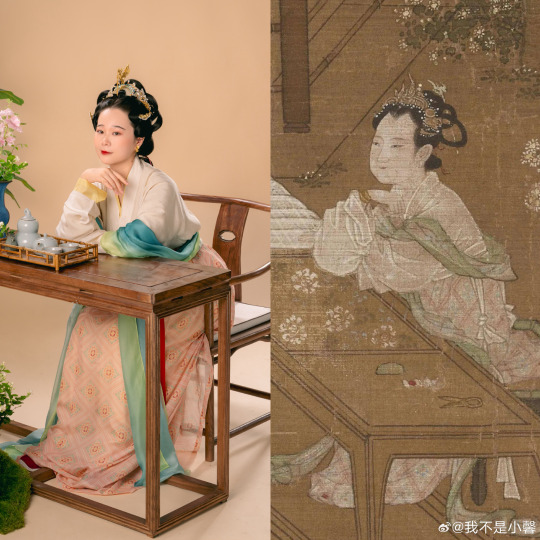



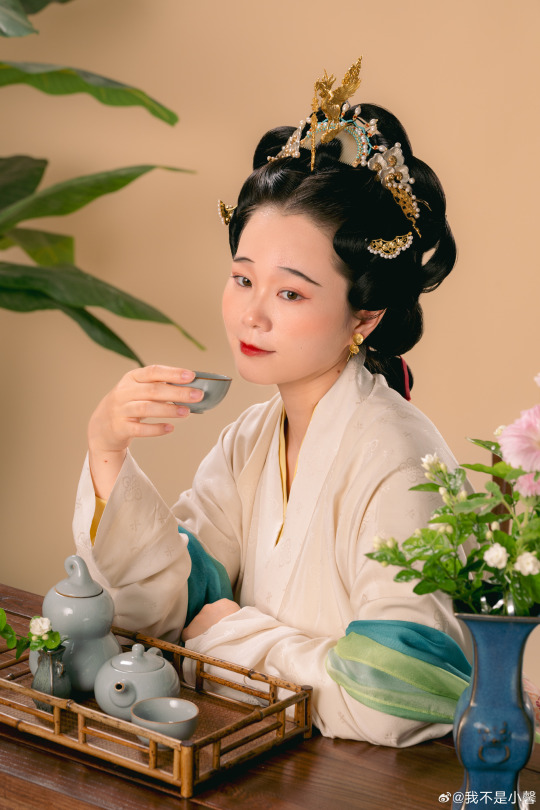
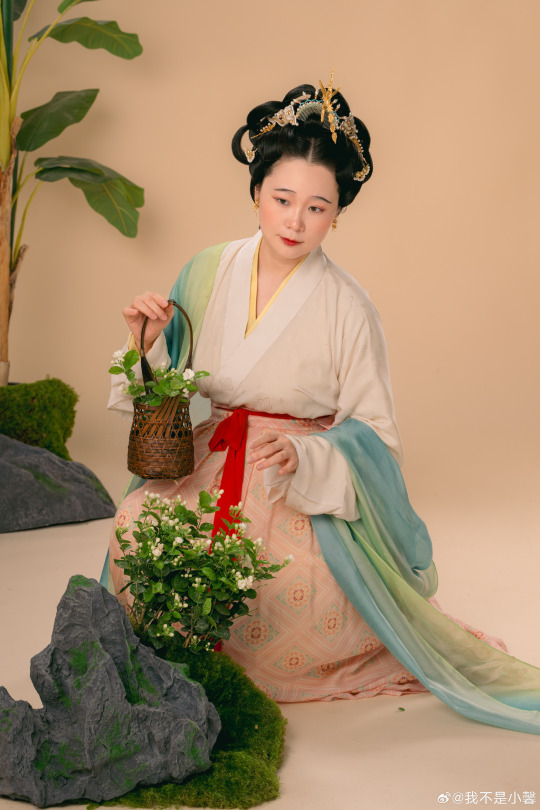
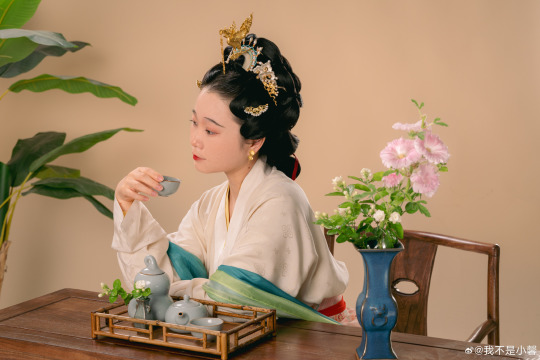


【Historical Reference Artifacts】:
China Southern Song Dynasty PaintingBy 刘松年Liu Songnian (1174–1224).
Tokyo National Museum Collection

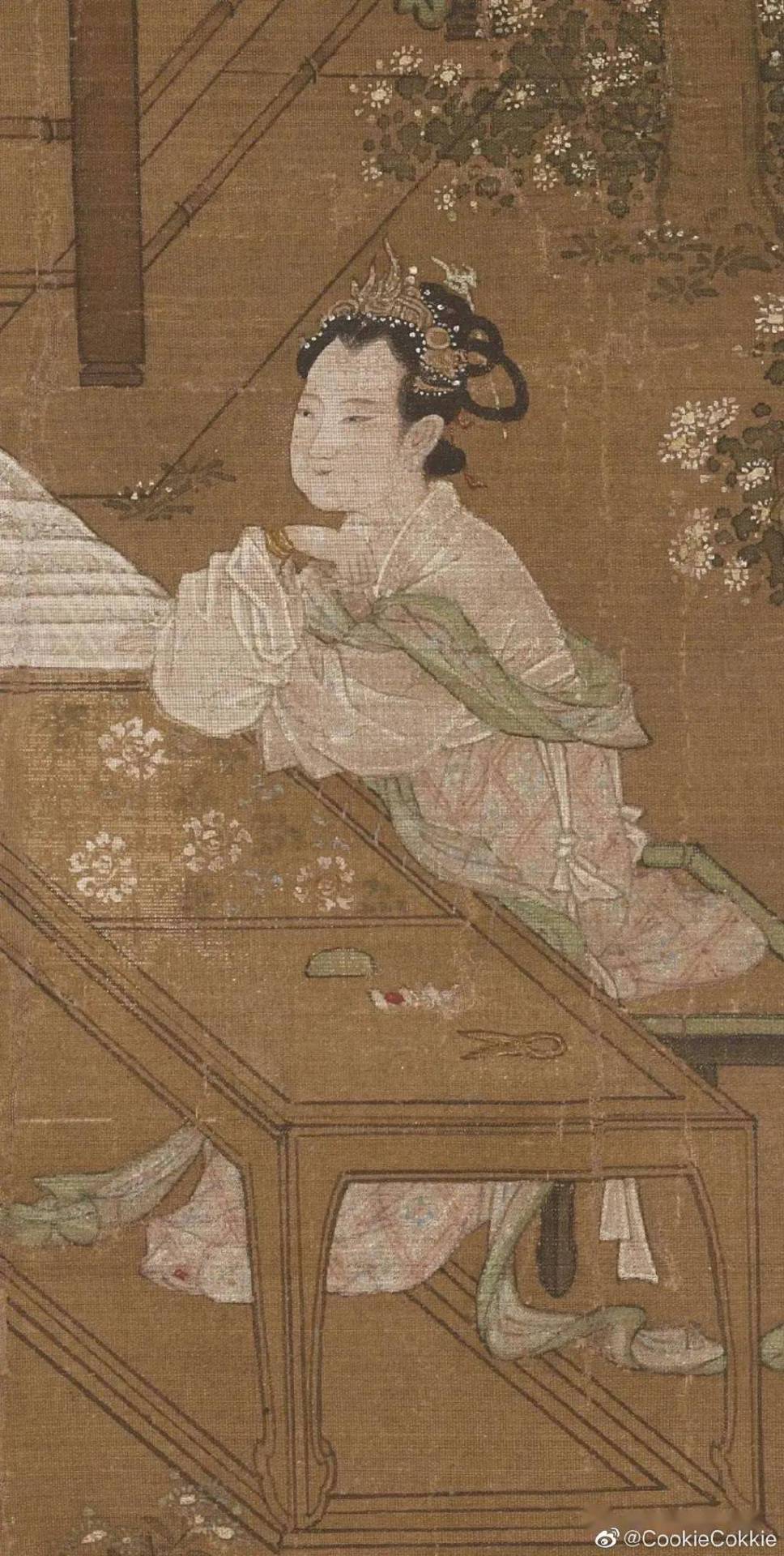
[Hanfu · 漢服]Chinese Song Dynasty (960–1279 AD)Traditional Clothing Hanfu Reference to Song Dynasty paintings
—————————–
🧚🏻Recreation Work: @我不是小馨 & @十睿传统美学馆
👗Hanfu:@桑纈
🔗Weibo:https://weibo.com/6929988517/NhSKRyLaB
—————————–
#chinese hanfu#Song Dynasty (960–1279 AD)#hanfu#hanfu accessories#hanfu_challenge#chinese traditional clothing#china#chinese#china historical fashion#historical fashion#historical hairstyle#chinese style#ruqun#Palace Maid/宮女圖#我不是小馨#十睿传统美学馆#桑纈#漢服#汉服
218 notes
·
View notes
Photo

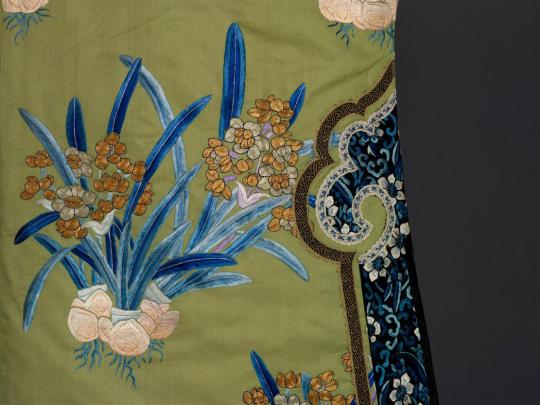
Spring Robe, said to have belonged to Empress Dowager Cixi
1880-1905 (Qing Dynasty)
China
Royal Ontario Museum (Object number: 919.6.121)
#robe#non western fashion#1880s#1890s#1900s#qing dynasty#fashion history#historical fashion#cixi#empress cixi#19th century#green#blue#silk#china#chinese fashion#royal ontario museum#if i had a nickel for every item said to be owned by cixi#i'd have a lot of nickles tbh
529 notes
·
View notes
Text
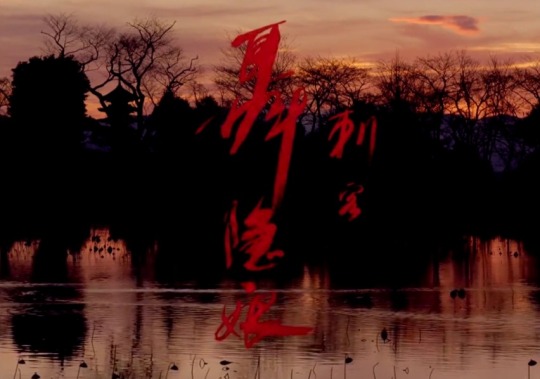
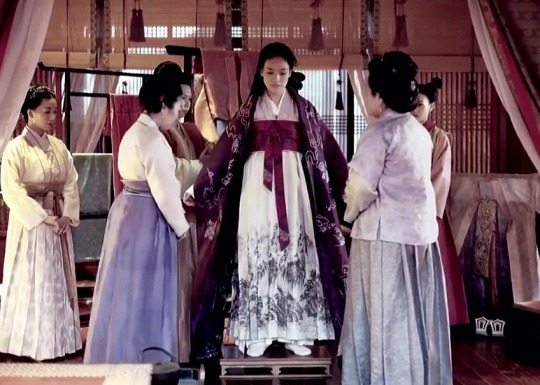
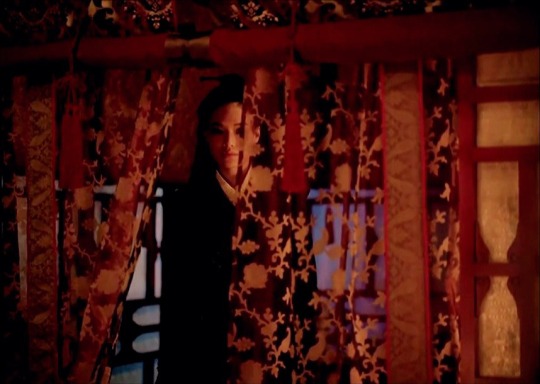
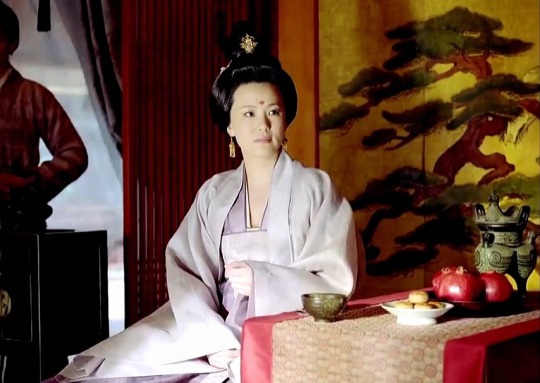
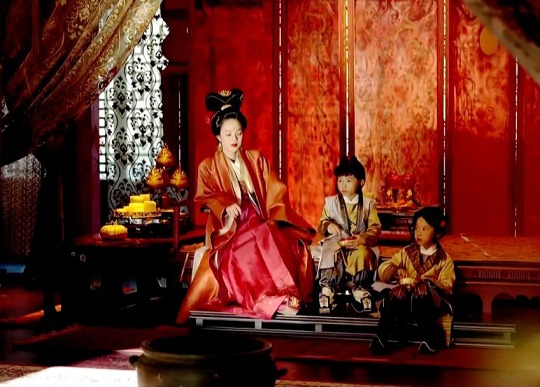


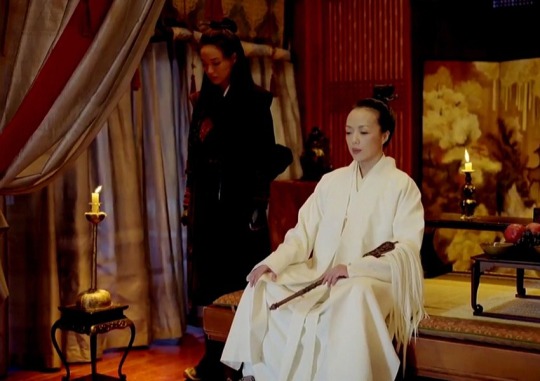
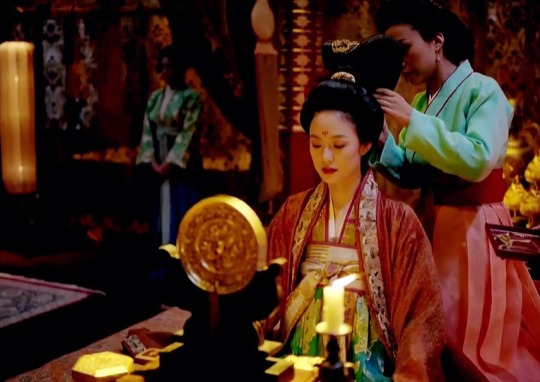

The Assassin (2015) is a wuxia drama in aspect ratio 1.85.
"It was like being transported into a Chinese classical painting."
#china#perioddramaedit#filmedit#the assassin 2015#ancient china#historical drama#wuxia#female warriors#hanfu#chinese fashion#chinese costumes#asian fashion#asian movie#chinese movie#imperial china#taiwanese movie#asian costumes#asian women#wuxia movie#chinese clothes#movie aesthetic#female warrior#cinematography a+#period drama#my edit#luxury#aesthetic#asian aesthetic
76 notes
·
View notes
Text
book review 我在明朝穿什么
by 陆楚翚
ISBN 9787214271518

A new book on garments and costumes of Ming Dynasty.
The book was separated by occasions, e.g. summer at home, weddings, formal visits, funerals, festivals etc. - so, an outfit for each occasion.
I like that it also talked a lot about different types of accessories.
It also includes process of some functions such as how to politely visit someone.
It was mostly told from the angle of the master and madam of an officer, with some chapters on commoners, children etc.
However, it didn’t specified which era (maybe sometime in the middle of Ming?) and which rank the master was.
So, this book was suitable to grasp a vibe of Ming Dynasty fashion, instead of being used as a serious reference book.
It also used a lot of reference photos from other dynasties.
Most importantly, no reference list.
I don’t particularly like the prose and language. Too oral.
Also the it seemed to be printed in coated papers. Heavy and I don’t like the smell as well.
#book review#chinese book#hanfu#ming dynasty#book rec#historical costumes#chinese fashion#china#很口水的感觉#语言不紧凑#那种中文不好的感觉#我在明朝穿什么
89 notes
·
View notes
Text
BREAK THE Silence
Where I saw violence in Hebron?
Rank: Lieutenant
Unit: Nahal, 932nd Battalion
Area: Hebron
period: 2014
[ Settlements ]
You’re asking me where I saw violence in Hebron? That’s like asking where I saw Hebron in Hebron. It’s really at every corner. You just leave your post and you’re already on the street that separates people according to their ethnicity or nationality, or whatever whitewashed language is used to justify what’s going on there. There aren’t a lot of places in the [occupied] territories that I think it’s OK for them to be called apartheid, because I think it’s simplifying and one-dimensional, because the situation in the territories is really complex. But in Hebron it’s… I don’t know, I call it "apartheid light." It’s not that I walk around with dogs and hit old ladies all day and do what I please, but it’s very clear where Jews can pass, where Arabs cannot pass. It’s very clear who the army is working for, and it’s not for the Palestinian population. The mission there is not to maintain order; the mission there is to enforce Jewish supremacy in the city of Hebron. It’s not that we soldiers are between a hammer and an anvil, [but rather] we are the hammer being hurled at the Palestinians by the settlers
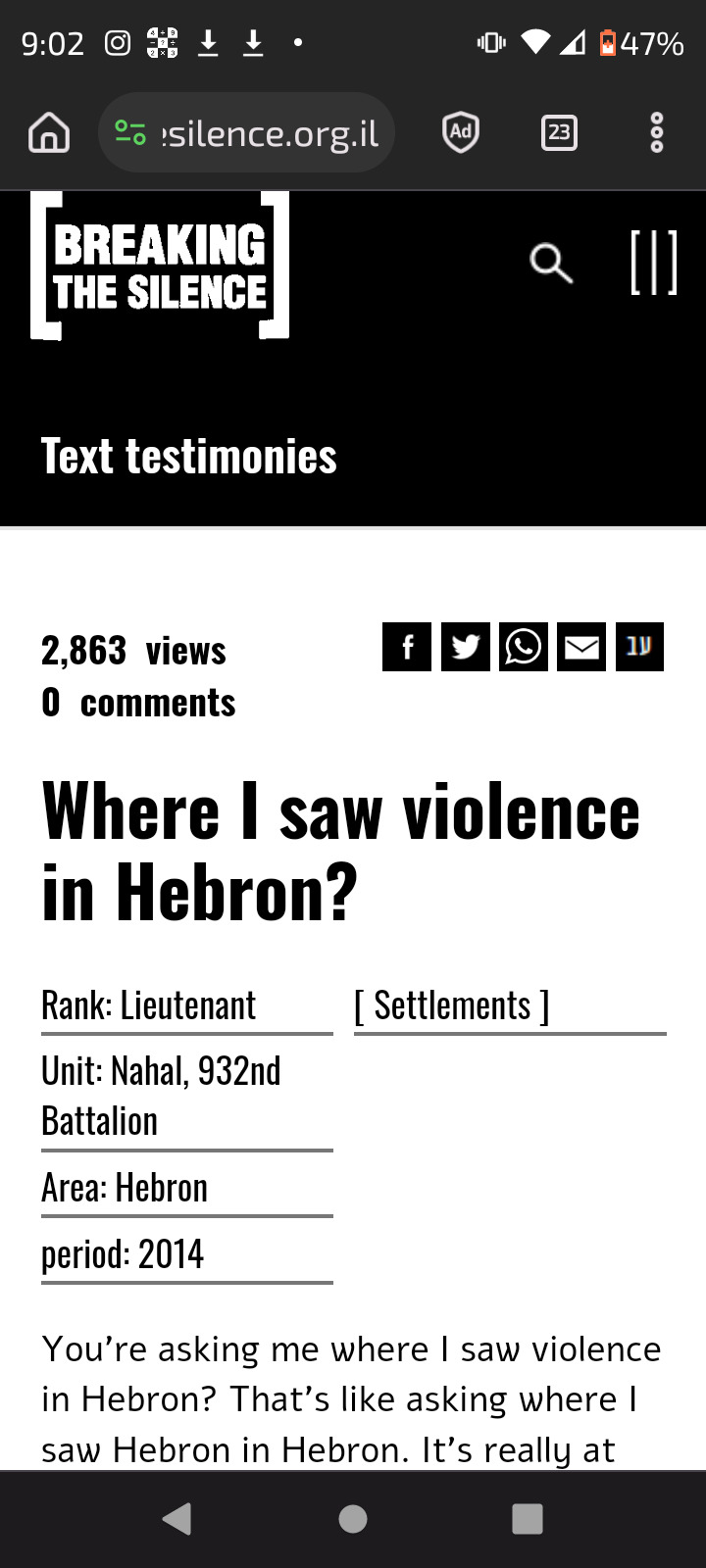
#i think i get it now#historic fashion#living in america#naruto?#naruto fic#memes image#naruto fandom#naruto manga#vanilla extract#hogwarts legacy#naruto anime#pro feminism#don’t forget about the camps in china not to take away from your post i’m just saying everyone seems to like genocide these days#french#fresh memes#free palestine#fuckin hell#free gaza#cnc free use#free use slvt#free use kink#free congo#free crochet pattern#free sudan#coming from someone who is terrible at geography#free yemen
2 notes
·
View notes